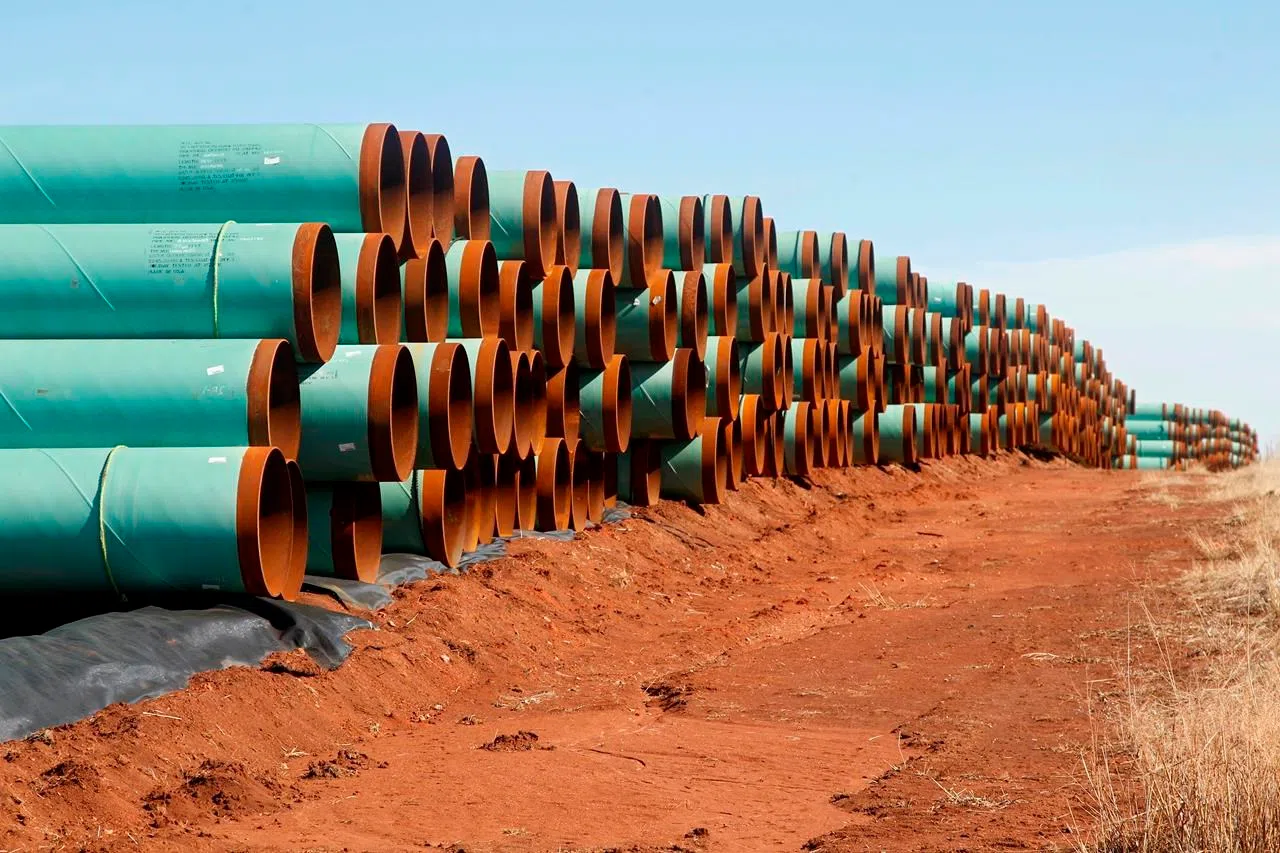
AP FACT CHECK: How Trump’s Keystone XL story fell apart
WASHINGTON — It was a nice story while it lasted.
Moments from signing orders to advance the stalled Keystone XL and Dakota Access pipelines, President Donald Trump comes up with the idea of requiring the projects to use pipes and steel made in the U.S. He inserts a “little clause” to that effect and vows the projects will only happen if his buy-American mandate is met.
Now, it turns out, those projects are advancing without it.
In recent days, the White House exempted Keystone XL from the rule. It was a stretch from the beginning to think it would apply to Dakota Access because that pipeline is almost complete.


